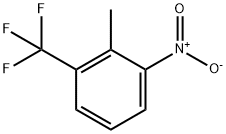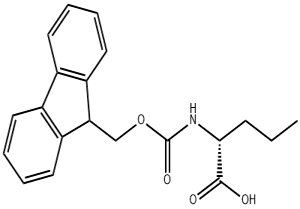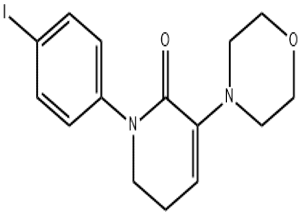4-Amino-3-bromopyridine (CAS# 13534-98-0)
Risk and Safety
| Risk Codes | R36/37/38 – Irritating to eyes, respiratory system and skin. R41 – Risk of serious damage to eyes R37/38 – Irritating to respiratory system and skin. R22 – Harmful if swallowed |
| Safety Description | S26 – In case of contact with eyes, rinse immediately with plenty of water and seek medical advice. S36/37/39 – Wear suitable protective clothing, gloves and eye/face protection. S37/39 – Wear suitable gloves and eye/face protection S39 – Wear eye / face protection. |
| WGK Germany | 3 |
| HS Code | 29333990 |
| Hazard Class | IRRITANT, AIR SENSIT |
4-Amino-3-bromopyridine (CAS# 13534-98-0) introduction
4-Amino-3-bromopyridine is an organic compound with the following properties:
Appearance: 4-Amino-3-bromopyridine is a light yellow solid.
Solubility: It has a certain degree of solubility in common polar solvents such as water, alcohols, and ethers.
Chemical properties: 4-Amino-3-bromopyridine can be used as a nucleophilic reagent in organic synthesis for substitution reactions and constructing molecular frameworks.
Its purpose:
Manufacturing method:
There are various methods for synthesizing 4-amino-3-bromopyridine, and a common preparation method is to react 4-bromo-3-chloropyridine with anhydrous ammonia in organic solvents.
Security information:
4-Amino-3-bromopyridine is an organic compound with allergenic and irritating properties. During operation, it is necessary to wear appropriate personal protective equipment such as gloves and goggles, and maintain good ventilation conditions.
Avoid contact with the skin and avoid inhaling its vapors or dust.
Be cautious when storing and carrying, avoid contact with flammable substances, and avoid accumulation in porous containers.








